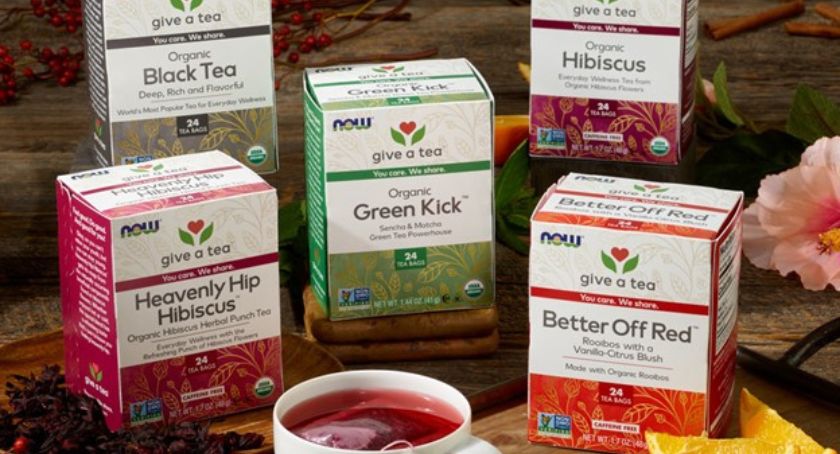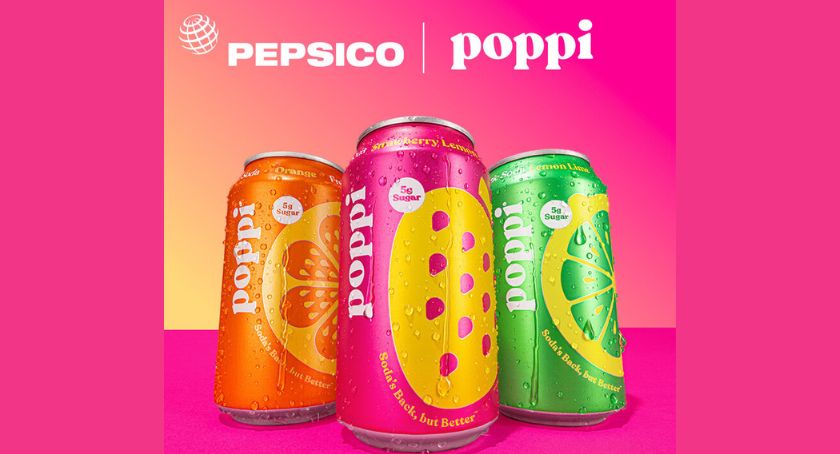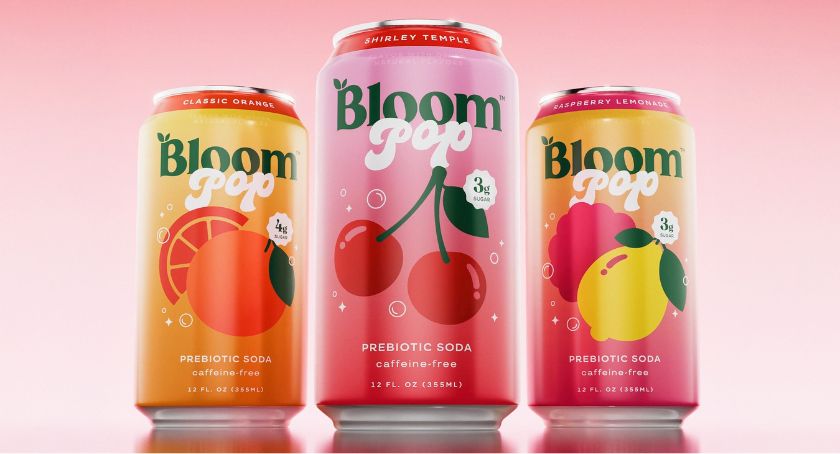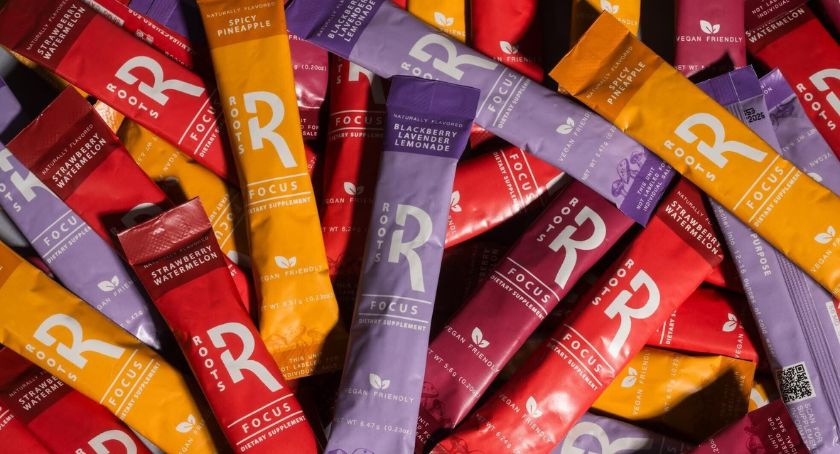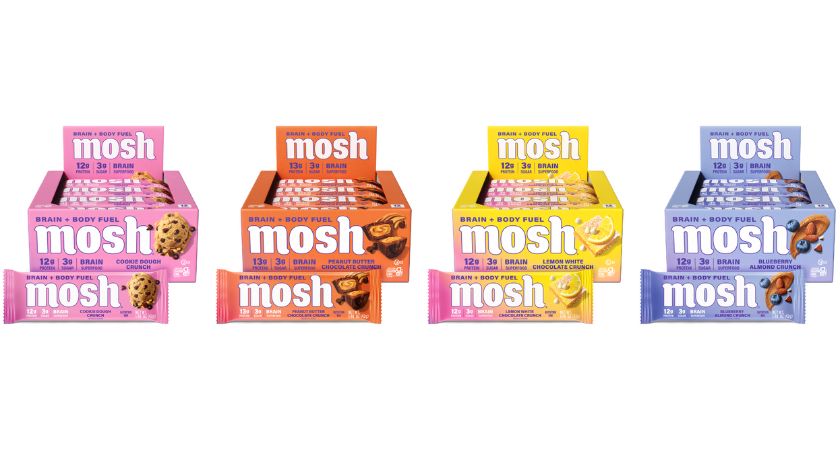Market Updates, Research
Cranberry Test Method Quantifies Insoluble PACs
New analytics will enable study designs to determine if a unique structure is related to a health and nutrition function.
By: JESSICA HERRING
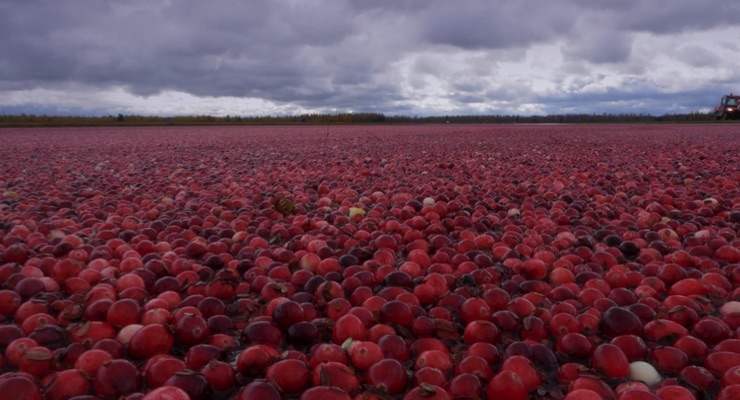
Fruit d’Or, a leader in the cranberry industry, praised news of a validated, published test method for quantifying insoluble proanthocyanins (PACs) found in whole fruit cranberry powder.
The newly recognized test could open doors for cranberry research. Fruit d’Or anticipates use of both whole fruit cranberry and cranberry seed powder to support gut health and overall wellness will be two strong areas of immediate research interest.
The study, published in the Journal of Agricultural and Food Chemistry, was conducted by Complete Phytochemical Solutions, LLC and Reed Research Group, Department of Animal Sciences, University of Wisconsin. The research team confirmed that insoluble cranberry PACs can be quantified using the butanol-hydrochloric acid method (BuOH-HCl) and a standardized (c-PAC) reference standard. Fruit d’Or provided the commercial cranberry products for the study.
Insoluble PACs tend to cling tightly to fibers and proteins, making them difficult to extract and quantify. Although they may represent more of the cranberry by weight than soluble PACs, their importance to health has not been well scrutinized.
“Historically, most cranberry-related health outcomes were associated with juice and juice-derived products which contained only soluble PACs,” said Christian Kreuger, CEO of Complete Phytochemical Solutions.
“Insoluble PACs have been an under-represented/unappreciated component of cranberry fruit. Now that the industry has moved into whole fruit products, insoluble PACs come into the equation. With the butanol test method, we can do a better job of providing formulators, marketers and health researchers with more complete compositional information of their starting material,” said Kreuger.
“We are thankful for the work done by Christian Krueger, CEO of Complete Phytochemical Solutions, and the rest of the research team. Their study will propel the entire cranberry industry to new levels,” said Stephen Lukawski, director of sales and business development for Fruit d’Or.
“This newly accepted butanol test method will enable us to get a deeper understanding of cranberry’s health benefits, which will ultimately lead to higher sales of cranberry products,” Lukawski said.
There are many benefits to having a recognized test method for quantifying insoluble cranberry PACs. For example, it opens doors to structure/function claims. These new analytics will enable study designs to determine if a unique structure is related to a health and nutrition function.
“This can potentially result in structure/function claims related to insoluble PACs found in food, nutritional supplements and dietary ingredients,” said Krueger.
It will also enable the cranberry industry to make stronger inroads into the gut health category. Right now, no one knows for certain the role of insoluble PACs in the gut. There is speculation that, during digestion, they increase antioxidant activity in the colon. Now, researchers can look at how whole fruit cranberry consumption relates to a healthy microbiome. “Insoluble PACs could influence gut-level processes,” said Krueger. “To examine correlations, you need a good understanding of the composition of your test materials. The need for analytic methods is important.”
It could also enable studies to be reproduced with more accuracy, building a stronger body of supporting evidence. Consistently using the accepted BuOH-HCl to identify, quantify and standardize the insoluble PACs in the starting raw materials will produce a more accurate understanding of the results, and enable others to replicate and verify those findings.
It gives the cranberry industry an entire analytics suite to support the composition, quantity and authenticity of soluble and insoluble cranberry PACs. The 4-(dimethylamino) cinnamaldehyde (DMAC) assay, developed by Krueger, is the preferred method for quantification of soluble (extractable) PACs. This method was included in the 2016 American Herbal Pharmacopeia cranberry monograph, a guidance document for standards of analysis and quality control.





